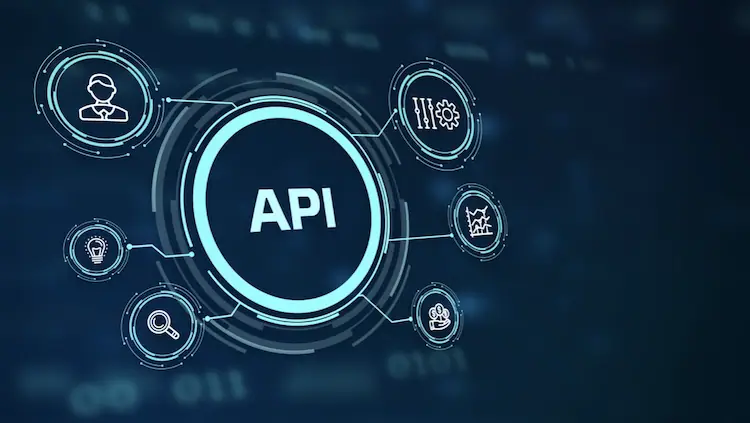OWASP API Lack of Resource Rate Limiting Testing
In today's interconnected digital landscape, web applications and APIs have become critical components of modern software ecosystems. Security vulnerabilities in these systems can lead to significant risks such as data breaches, service disruption, and financial loss. One such vulnerability that is particularly concerning for organizations is the lack of resource rate limiting within API endpoints.
The Open Web Application Security Project (OWASP) has identified this issue as a critical risk under its Top 10 list of web application vulnerabilities. Rate limiting is the process by which an API restricts the number of requests that can be made to a particular endpoint over a given time period, helping prevent abuse and misuse. A lack of proper rate limiting opens APIs to potential abuse, including denial-of-service attacks, unauthorized access, and data exfiltration.
The OWASP API Lack of Resource Rate Limiting Testing service is designed to identify these vulnerabilities by simulating real-world attack scenarios and evaluating the effectiveness of existing rate-limiting mechanisms. This service ensures that organizations can protect their APIs from abuse while also enhancing user experience and ensuring compliance with industry standards.
During this testing process, we employ a variety of techniques including manual code reviews, automated tools, and penetration testing to identify potential flaws in resource rate limiting. Our team leverages deep domain knowledge and up-to-date security research to ensure that our findings are accurate and actionable. By conducting regular assessments, organizations can stay ahead of emerging threats and maintain the integrity of their APIs.
The importance of this service cannot be overstated. In an era where cyberattacks are becoming more sophisticated and frequent, the OWASP API Lack of Resource Rate Limiting Testing is a vital step in safeguarding your digital infrastructure. By addressing this vulnerability early on, organizations can avoid costly downtime, data breaches, and reputational damage.
Our service provides comprehensive reporting that details our findings along with recommended mitigation strategies. This includes detailed documentation of all vulnerabilities identified during the testing process, as well as actionable recommendations for remediation. Our goal is not only to identify issues but also to provide solutions that align with best practices and industry standards.
By engaging in this service, organizations can ensure they are meeting regulatory requirements and demonstrating their commitment to cybersecurity. This testing helps build trust with customers, partners, and stakeholders by ensuring the security and reliability of your digital services.
Scope and Methodology
The scope of our OWASP API Lack of Resource Rate Limiting Testing service is broad but focused on identifying potential vulnerabilities in resource rate limiting. We work closely with clients to tailor the scope of testing based on their specific needs and the nature of their APIs.
- Manual code reviews focusing on API endpoints for rate-limiting logic.
- Automated tools that simulate attack scenarios to test rate-limiting mechanisms.
- Penetration testing exercises to identify potential bypasses or weaknesses in current rate limiting.
The methodology we follow ensures a thorough and systematic approach to identifying vulnerabilities. Our team begins by gathering detailed information about the APIs being tested, including their architecture, endpoints, and expected usage patterns. This information helps us craft targeted testing scenarios that are most likely to reveal potential issues.
Once the scope is defined, we begin our manual code reviews, examining the logic behind rate limiting in the application code. Automated tools are then deployed to simulate various attack vectors and assess how well these attacks can be mitigated by existing rate-limiting measures. Finally, penetration testing exercises are conducted to test for any bypasses or weaknesses that could be exploited.
Throughout this process, we maintain a high level of communication with the client to ensure that our findings and recommendations align with their business goals and technical constraints. This collaborative approach ensures that the results of our testing are actionable and can be effectively implemented by the organization.
Benefits
- Enhanced Security: Identifying and addressing rate-limiting vulnerabilities helps protect APIs from abuse, unauthorized access, and potential data breaches.
- Improved User Experience: Proper rate limiting ensures that legitimate users are not blocked or slowed down by malicious activity.
- Compliance with Industry Standards: Adhering to OWASP guidelines demonstrates your organization's commitment to best practices in cybersecurity.
- Cost Savings: By identifying and addressing vulnerabilities early on, organizations can avoid costly downtime and potential legal ramifications.





